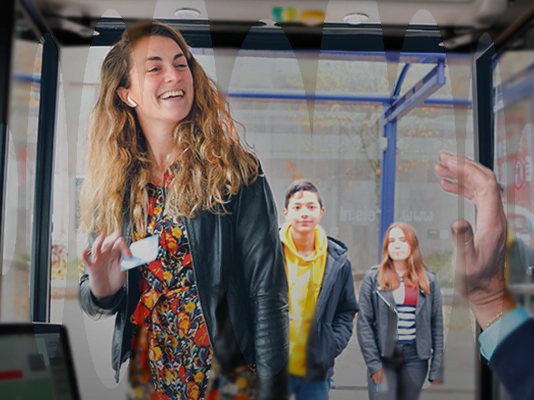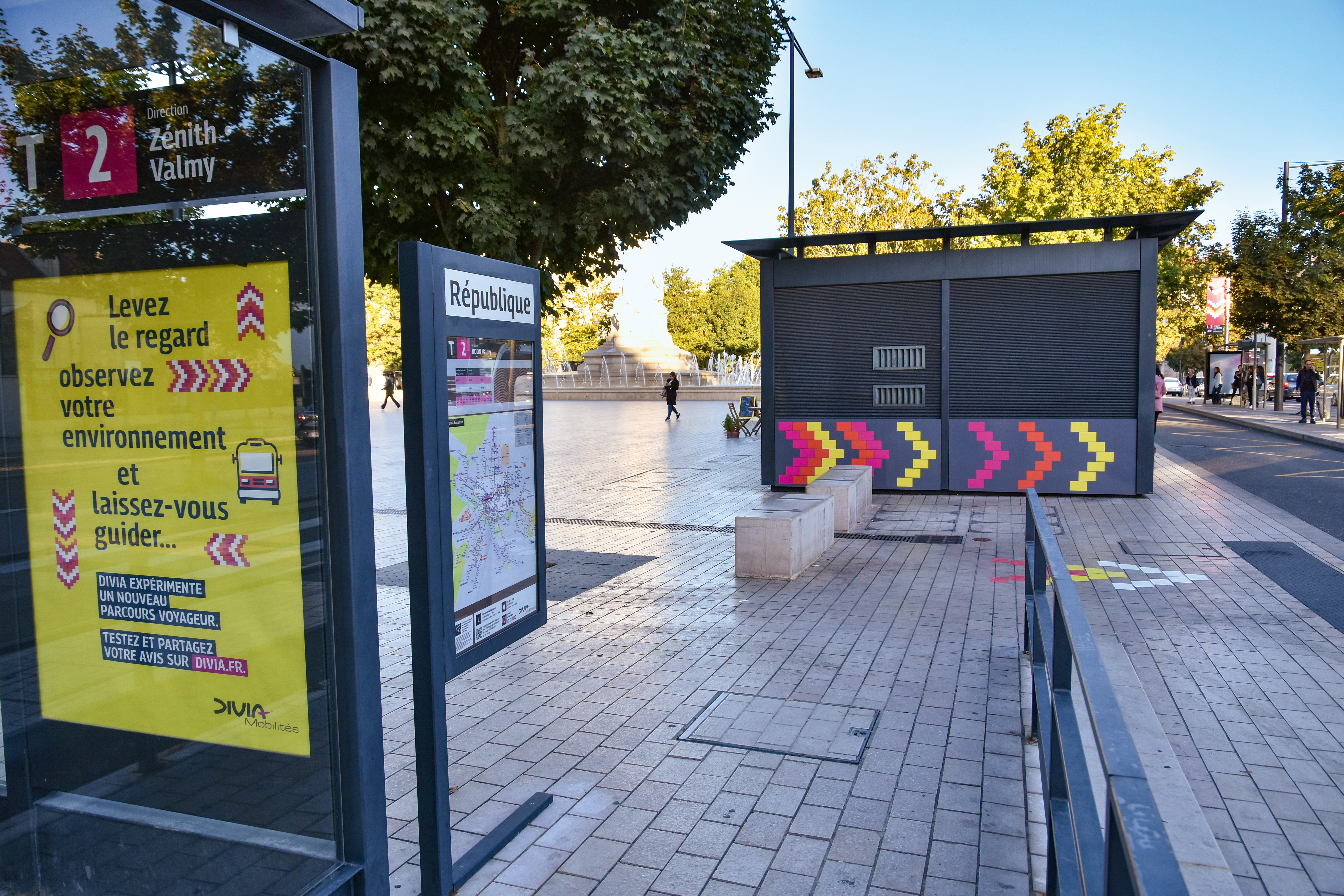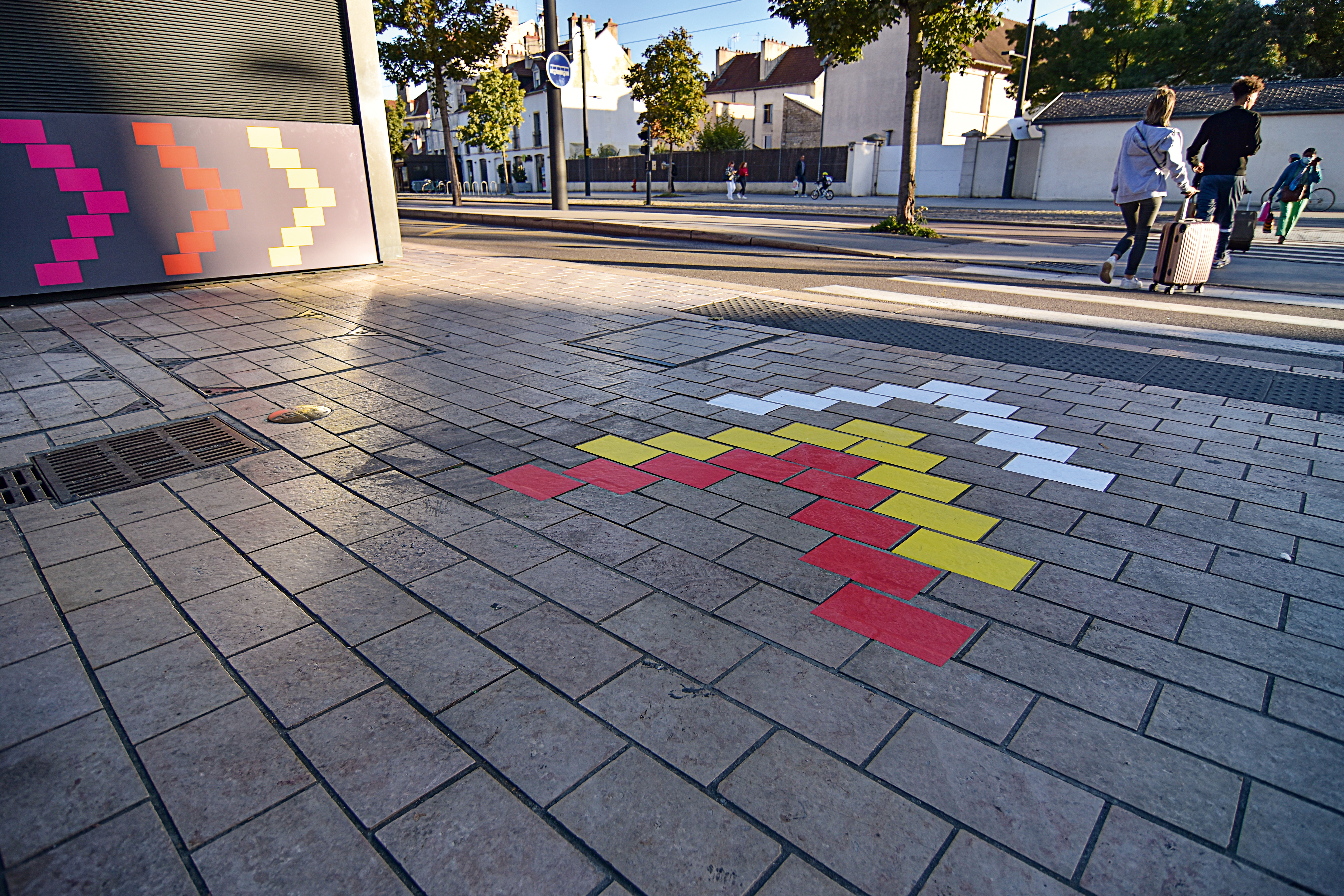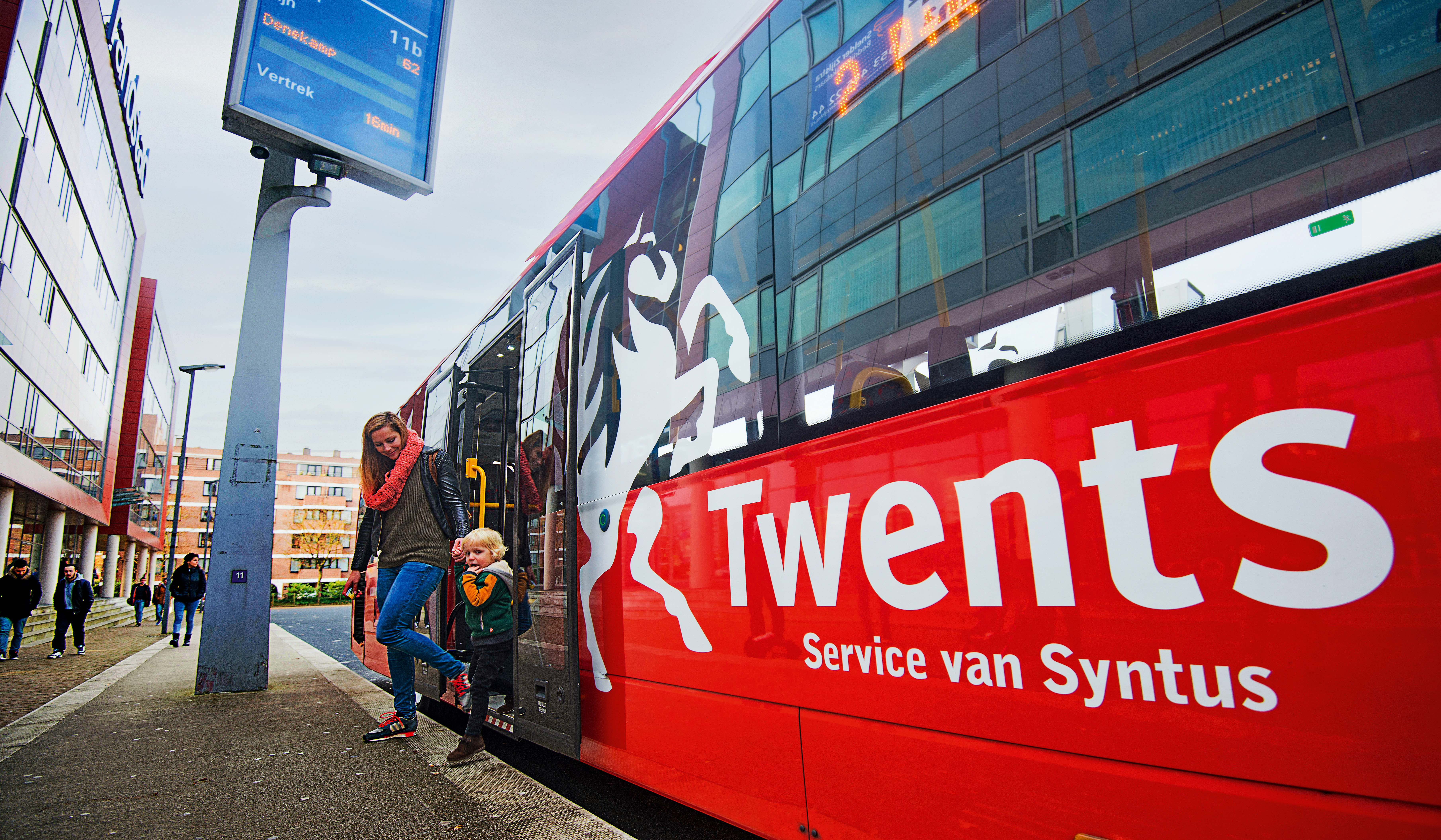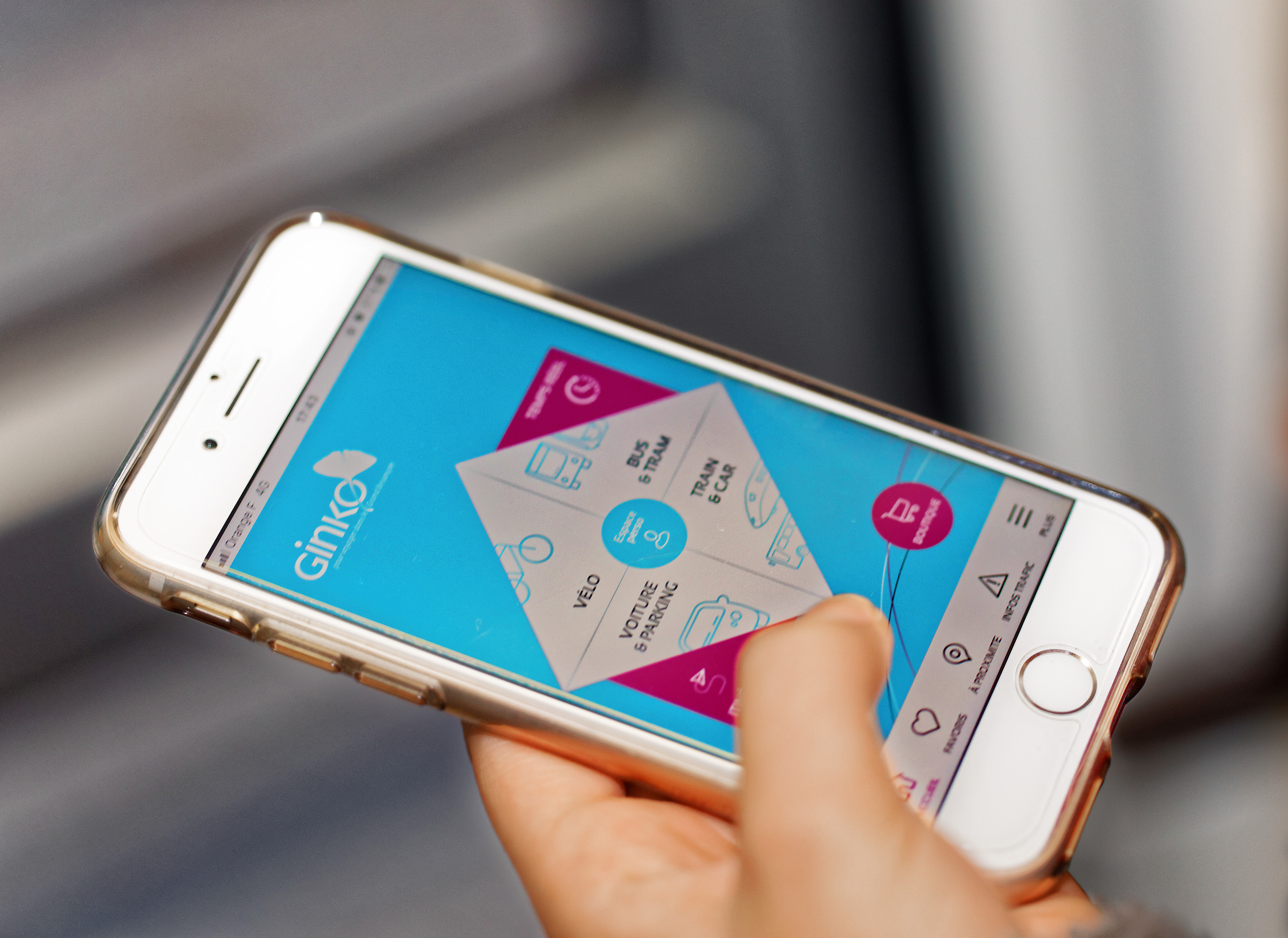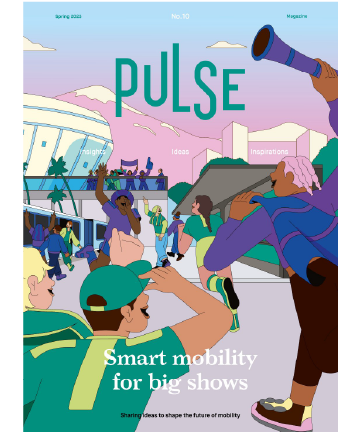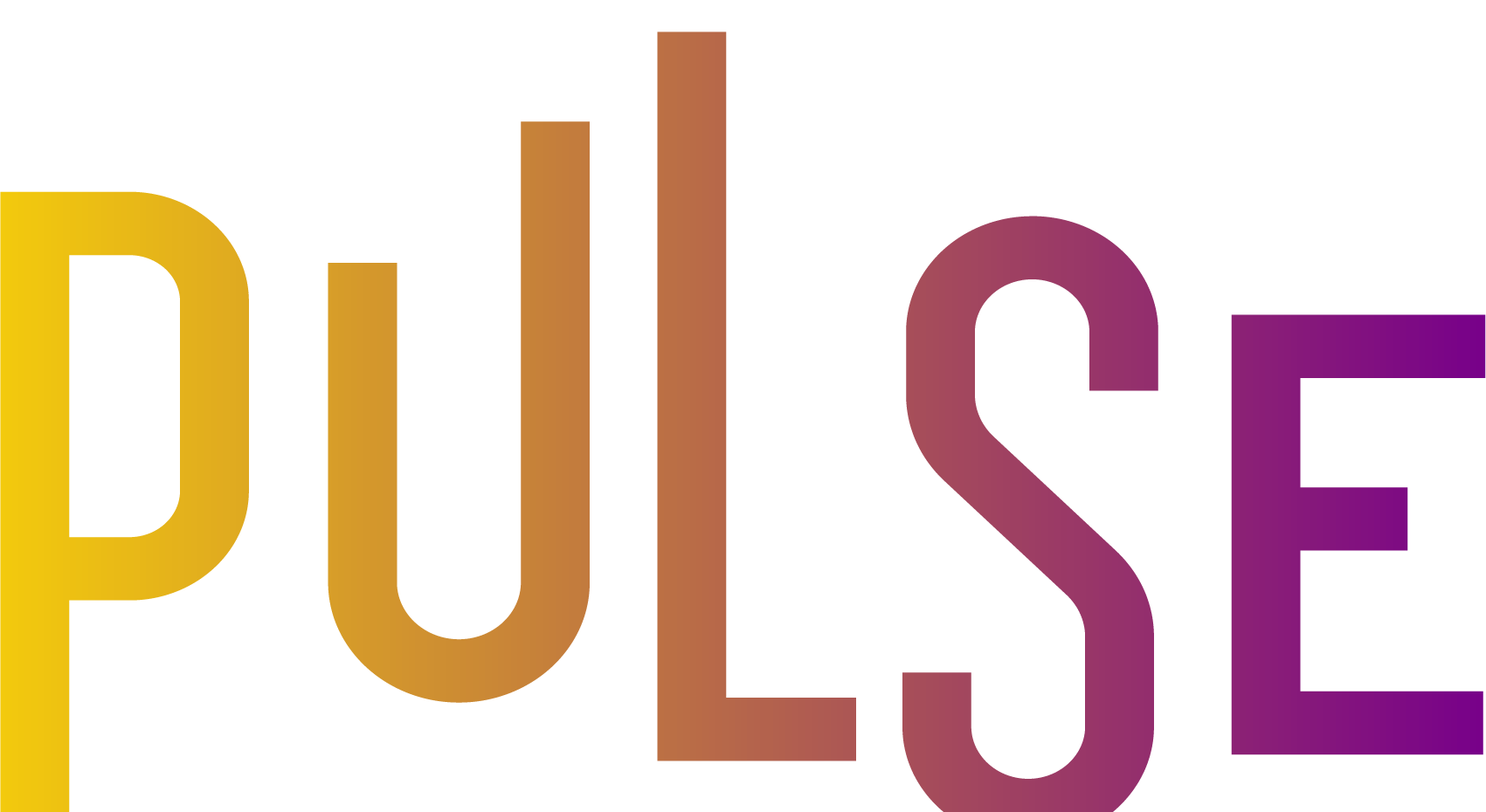Monday, 8:30 a.m., somewhere in France…Crowds of people are waiting on the metro platform. A packed train pulls into the station. It’s rush hour and passengers jostle to get on the train. They don’t intend to wait for the next one.
It’s a scene played out most days in big city metro stations – and one of the five main sources of frustration with public transport identified by the Keoscopie mobility trends observatory. It has even become a source of stress since the COVID pandemic, due to social distancing protocols. Today, crowding is a key factor for passengers when choosing how to reach their destination, which is why both operators and PTAs are working to anticipate it better.
Several cities have grasped the nettle of crowding to avert nightmare scenarios. How can we anticipate peak usage? How do we help passengers choose the best options before setting out? Increasingly, transport professionals are innovating with passenger information and travel demand forecasting solutions. In Dijon, for example, Keolis Dijon Multimodalité has installed signage to guide students towards bus and tram stops in the city’s main square. The goal is to ease crowding in trams at peak hours by encouraging students alighting from line T2 to catch the Liane 3 bus to the university campus rather than line T1, with almost the same trip time. This approach has proved popular, earning Keolis Dijon an award from the French transport innovation agency.
